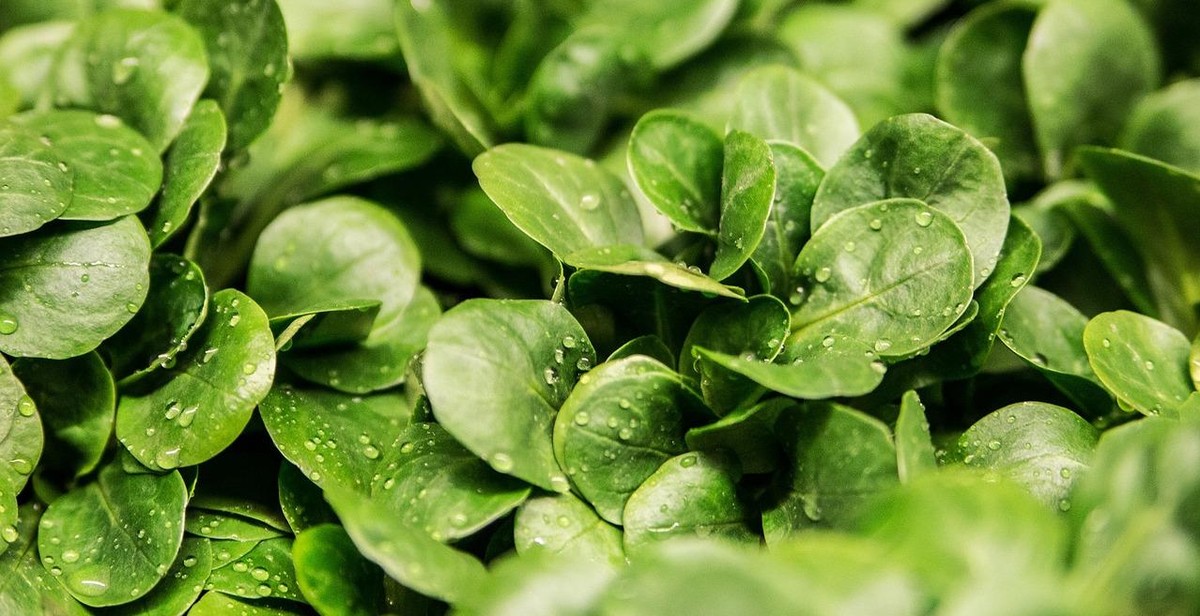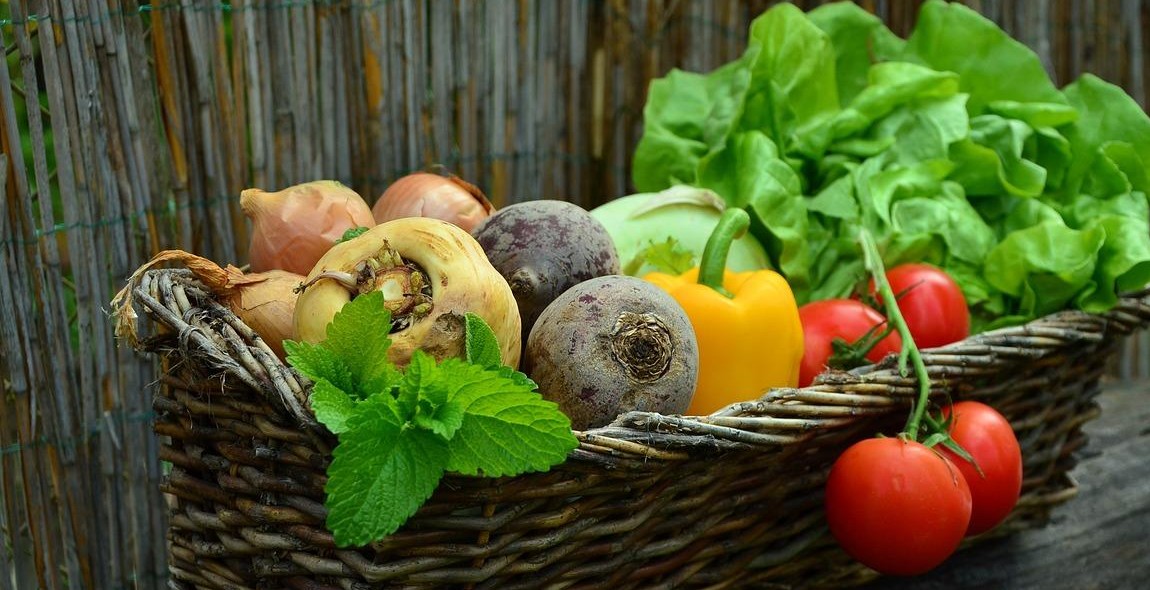How to Grow Your Own Vegetables: Tips and Techniques for a Successful Home Garden
Are you tired of buying expensive vegetables from the grocery store that are often treated with pesticides and other harmful chemicals? Have you ever thought about growing your own vegetables at home? Not only is it a great way to save money, but it’s also a fun and rewarding activity that can provide you with fresh, healthy produce all year round.
Benefits of Home Gardening
Home gardening has numerous benefits. Not only does it provide you with fresh, organic produce, but it also:
- Reduces your carbon footprint by eliminating the need for transportation and packaging
- Allows you to control the use of pesticides and other chemicals
- Helps you save money on groceries and eating out
- Provides a fun and relaxing hobby that can reduce stress
Getting Started
Starting a home garden may seem daunting, especially if you have no prior experience. However, with a little bit of research and some trial and error, anyone can grow their own vegetables. Here are a few tips to help you get started:
- Choose a location with plenty of sunlight
- Prepare the soil by adding compost and other organic matter
- Select plants that are suitable for your climate and soil type
- Water your plants regularly and fertilize as needed
- Harvest your vegetables when they are ripe and ready to eat
By following these simple tips and techniques, you can enjoy fresh, healthy vegetables straight from your own garden. So why not give it a try?
Choosing the Right Vegetables
When it comes to growing vegetables at home, choosing the right ones can make all the difference. Here are a few things to keep in mind:
Consider Your Climate
The first thing to consider is your climate. Different vegetables thrive in different climates, so it’s important to choose ones that are well-suited to your area. For example, if you live in a hot and dry climate, you might want to consider growing heat-tolerant vegetables like tomatoes, peppers, and eggplants. On the other hand, if you live in a cooler climate, you might want to focus on cold-tolerant vegetables like broccoli, spinach, and kale.
Think About Your Family’s Preferences
Another important factor to consider is your family’s preferences. There’s no point in growing vegetables that no one in your family likes to eat! Take some time to think about the vegetables that your family enjoys and try to incorporate those into your garden. If your family loves salads, for example, you might want to grow lettuce, cucumbers, and tomatoes.
Determine the Space Available
Finally, you’ll need to consider the space available in your garden. Some vegetables, like squash and pumpkins, need a lot of room to spread out, while others, like radishes and carrots, can be grown in smaller spaces. Make a plan for your garden and choose vegetables that will fit well in the space you have available.
| Hot and Dry Climate | Cooler Climate |
|---|---|
| Tomatoes | Broccoli |
| Peppers | Spinach |
| Eggplants | Kale |
By considering your climate, your family’s preferences, and the space available in your garden, you can choose the right vegetables to grow and set yourself up for a successful home garden.
Preparing the Soil
Before you start planting your own vegetables, it is essential to prepare the soil properly. Here are some steps you should take:
Clear the Area
The first step in preparing your soil is to clear the area of any weeds, rocks, or debris. This will help ensure that your plants have enough space to grow and that they are not competing with other plants for nutrients.
Test the Soil
Testing your soil is an essential step in preparing your garden. You can buy a soil testing kit from your local garden center or test your soil through a laboratory. Testing your soil will help you determine the pH level, nutrient content, and texture of your soil.
Add Nutrients
If your soil is lacking in essential nutrients, you will need to add them before planting. You can add organic matter, such as compost or manure, to improve the soil’s structure and fertility. You can also add fertilizer to provide your plants with the necessary nutrients to grow.
| Types of Fertilizers: | Benefits: |
|---|---|
| Organic Fertilizers | Slow-release of nutrients, improve soil structure, and fertility |
| Synthetic Fertilizers | Quick-release of nutrients, precise nutrient ratios, and easy to apply |
By following these steps, you can ensure that your soil is ready for planting and that your vegetables grow strong and healthy.
Starting Your Seeds
If you want to grow your own vegetables, starting from seed is a great way to get started. Here are some tips to help you get started:
Choose the Right Seeds
When choosing seeds, make sure to select varieties that are well-suited to your climate and growing conditions. Look for seeds that are labeled as “heirloom” or “open-pollinated,” as these are often more resilient and flavorful than hybrid varieties.
Start Indoors
Starting your seeds indoors allows you to get a head start on the growing season and gives your plants a better chance of survival. To start your seeds, fill a seed tray or small pots with potting soil and plant your seeds according to the instructions on the packet. Make sure to keep the soil moist and provide plenty of light.
Transplanting
Once your seedlings have grown to a size where they have at least two sets of true leaves, they are ready to be transplanted into larger pots or directly into the garden. When transplanting, be sure to handle the seedlings gently and avoid damaging their delicate roots. Water thoroughly after transplanting and keep an eye on your plants to make sure they are adjusting well to their new surroundings.
By following these tips, you can start your own vegetable garden from seed and enjoy a bountiful harvest of fresh, healthy produce.

Planting Your Garden
Spacing and Depth
When planting your vegetables, it’s important to follow the recommended spacing and depth guidelines for each specific plant. This information can usually be found on the seed packet or plant label. Proper spacing ensures that each plant has enough room to grow and receive adequate sunlight and nutrients. Planting too close together can lead to competition for resources and stunted growth.
Depth is also crucial for successful growth. Planting too shallow can result in the plant drying out, while planting too deep can prevent proper germination. As a general rule, plant seeds at a depth of two to three times their diameter, and seedlings should be planted at the same depth as they were in their original container.
Watering
Watering is essential for a healthy garden. Plants should be watered deeply and regularly, especially during dry spells. It’s important to avoid overwatering, which can lead to root rot and other issues. A good rule of thumb is to water when the top inch of soil feels dry to the touch. Using a soaker hose or drip irrigation system can help ensure even watering and prevent water waste.
Mulching
Mulching is a great way to conserve moisture in the soil, suppress weeds, and regulate soil temperature. Organic materials such as straw, leaves, or grass clippings can be used as mulch. Apply a layer of mulch around plants, being careful not to cover the stems or foliage. Mulch should be replenished as needed throughout the growing season.
| Vegetable | Spacing | Depth |
|---|---|---|
| Carrots | 2-3 inches apart | 1/4 inch |
| Lettuce | 6-8 inches apart | 1/4 inch |
| Tomatoes | 2-3 feet apart | 1/4 inch |
| Zucchini | 3-4 feet apart | 1 inch |

Maintaining Your Garden
Weeding
Weeding is an essential part of maintaining a healthy vegetable garden. It is recommended to weed your garden regularly to prevent the weeds from taking over and competing with your plants for nutrients and water. You can pull out the weeds by hand, use a hoe or a cultivator tool to remove them. Make sure to remove the weeds from the roots to prevent them from growing back.
Fertilizing
Fertilizing your garden is important to ensure that your plants receive the necessary nutrients to grow strong and healthy. You can use organic or chemical fertilizers depending on your preference. It is recommended to fertilize your garden every four to six weeks during the growing season. Be careful not to over-fertilize as this can damage your plants.
Pest Control
Pests can cause significant damage to your vegetable garden if left unchecked. There are various methods of pest control that you can use, including natural and chemical methods. Natural methods include companion planting, using beneficial insects, and handpicking pests. Chemical methods include using pesticides and insecticides. It is recommended to use natural methods first before resorting to chemical methods.
| Task | Frequency |
|---|---|
| Weeding | Regularly |
| Fertilizing | Every 4-6 weeks during growing season |
| Pest Control | As needed |
By following these tips for maintaining your garden, you can ensure that your vegetable garden thrives and produces a bountiful harvest.

Harvesting Your Vegetables
Knowing when to harvest your vegetables is crucial in ensuring that they are at their peak flavor and nutrition. Here are some tips to help you determine the best time to harvest:
- Check the seed packet or plant label for the estimated time to maturity. This will give you a general idea of when to expect your vegetables to be ready.
- Observe the color and size of the vegetables. Most vegetables are ready to harvest when they have reached their full color and size.
- Feel the texture of the vegetables to ensure that they are firm and not too soft or mushy.
- Harvest leafy greens and herbs when they are young and tender, as they can become bitter and tough when they mature.
When picking your vegetables, use a sharp knife or scissors to avoid damaging the plant. Here are some additional tips:
- Harvest in the early morning when the plants are hydrated and the temperatures are cooler.
- Handle your vegetables gently to avoid bruising or damaging them.
- Remove any diseased or damaged vegetables from the plant to prevent the spread of disease.
After harvesting, it’s important to store your vegetables properly to prolong their freshness and flavor. Here are some tips:
| Vegetable | Storage Method |
|---|---|
| Tomatoes | Store at room temperature away from direct sunlight until fully ripe, then refrigerate. |
| Leafy Greens | Wrap in damp paper towels and store in a plastic bag in the refrigerator. |
| Root Vegetables | Remove the tops and store in a cool, dark place with high humidity. |
| Peppers | Store in a paper bag in the refrigerator for up to two weeks. |

Conclusion
Starting a home garden and growing your own vegetables can be a rewarding experience. Not only does it provide fresh produce for your family, but it also promotes a healthy and sustainable lifestyle.
As discussed in this article, there are several tips and techniques that can help you achieve a successful home garden. From selecting the right location to using organic fertilizers, each step plays a crucial role in the growth and development of your plants.
Remember to plan ahead and do your research before starting your garden. Consider the climate and soil conditions in your area, and choose vegetables that are well-suited for your environment.
Additionally, be patient and persistent in your efforts. Growing vegetables takes time and effort, but the end result is well worth it.
By following these tips and techniques, you can enjoy a bountiful harvest and the satisfaction of growing your own food. Happy gardening!
